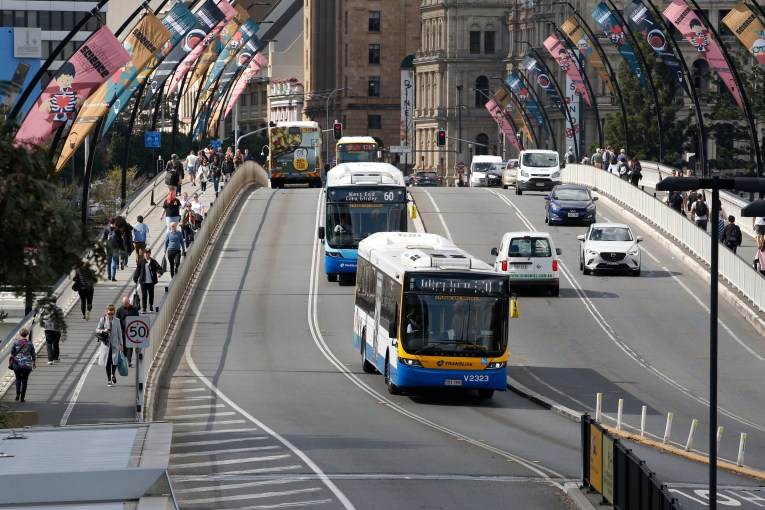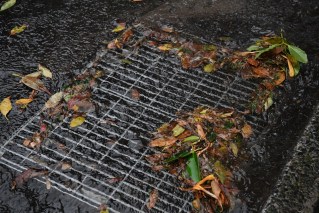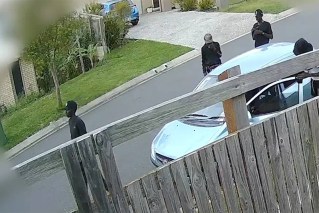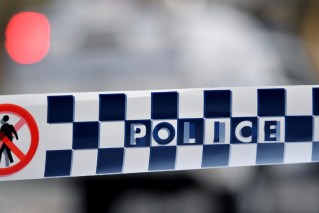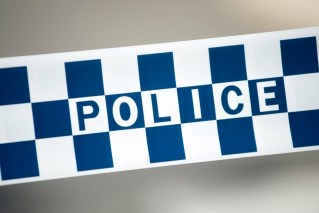First Brisbane flood warning took 12 hours
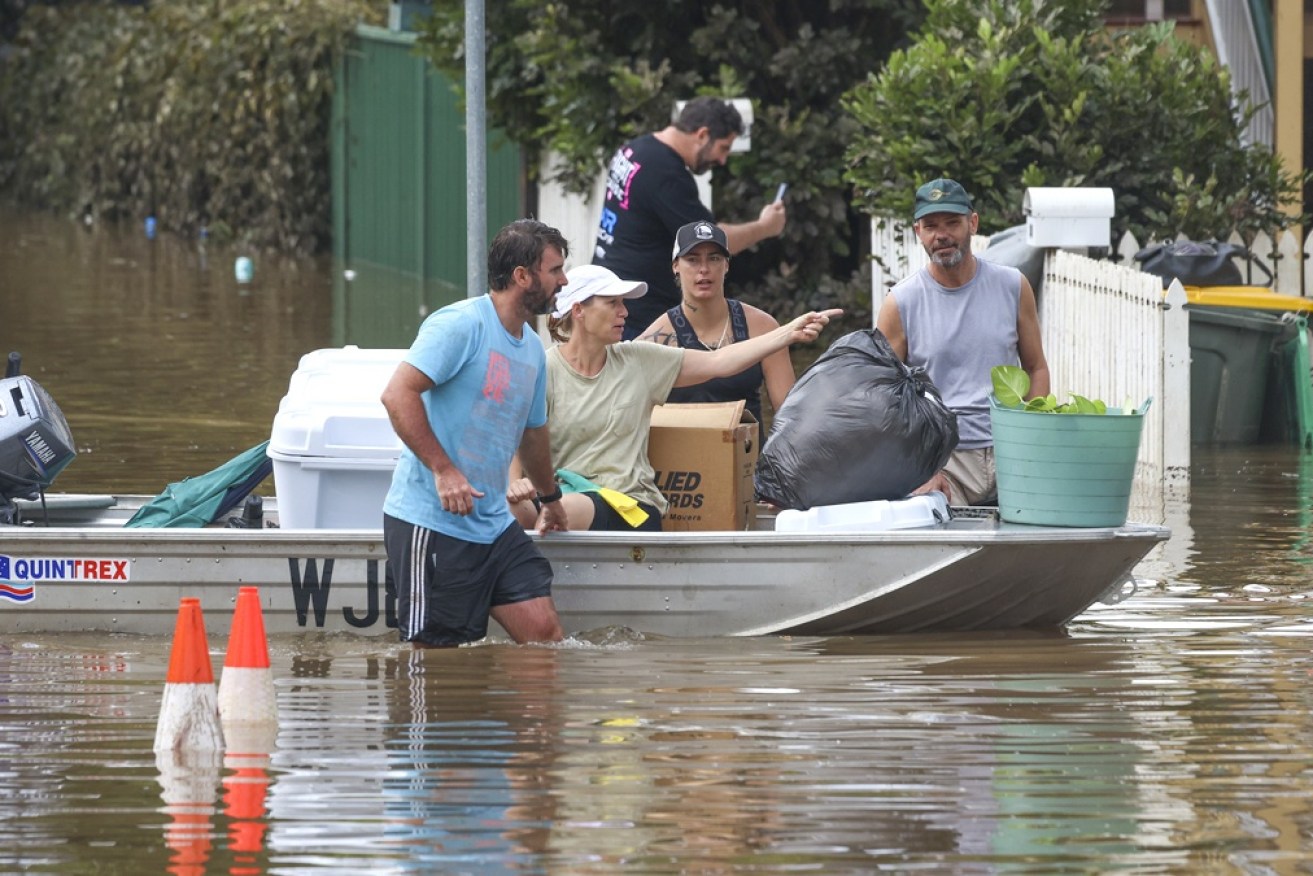
The report on the preparations for and response to the southeast Queensland floods has found the emergency alert system failed to warn some Brisbane residents. Photo: AAP
Some Brisbane residents didn’t receive any warning before their homes were flooded earlier this year because the alert system failed, a report has found.
Inspector-General of Emergency Management Alistair Dawson’s report into the February-March floods, which killed 13 people and damaged more than 9000 homes and businesses, was published on Wednesday.
The review found the overloaded State Disaster Coordination Centre (SDCC) failed to issue timely alerts in Brisbane and some properties were inundated without warning.
Brisbane council’s Local Disaster Management Committee first asked for a low-level emergency alert to be texted to city residents at 7.07pm on February 27.
It took 37 minutes for a council representative and an SDCC officer to agree on the wording of the SMS, then the centre received a number of higher priority requests from other councils.
Finally, there was an outage of the entire alert system for an hour on the morning of February 28.
In the end, it took more the SDCC than 12 hours to issue the first alert to Brisbane residents, by which time there had been more rainfall and the river had already peaked at 3.85m.
“Conditions changed significantly during this time,” the report said.
“A tidal cycle occurred in the Brisbane River and rainfall conditions also changed. This affected the relevance and need for the Emergency Alert campaign.
“Some residents in Brisbane reported receiving this message well after their properties were inundated.”
The report noted there was a lack of training and awareness among some local government staff about the processes of using the SDCC alert system, such as character limits on text messages.
The report recommended an “urgent approval and distribution without delay” process for emergency alert messages by November 1.
Mr Dawson called for a review of the entire Queensland Emergency Alert Manual within the next year.
The inspector-general also probed dam management, particularly Wivenhoe Dam on the Upper Brisbane River.
Some media outlets criticised that dam’s operators, claiming water releases from Wivenhoe contributed to the disaster.
However, Mr Dawson found Wivenhoe was well managed and the timing of water releases affecting downstream flows and upstream inflows mitigated the flood’s impact.
The report makes a total of 19 recommendations which the government said were on track to be enacted by their respective due dates.
The report’s release follows a Bureau of Meteorology outlook for 2022 -23 warning there is an increased risk of tropical cyclones, tropical lows and major flooding across northern and eastern Australia.
– AAP
